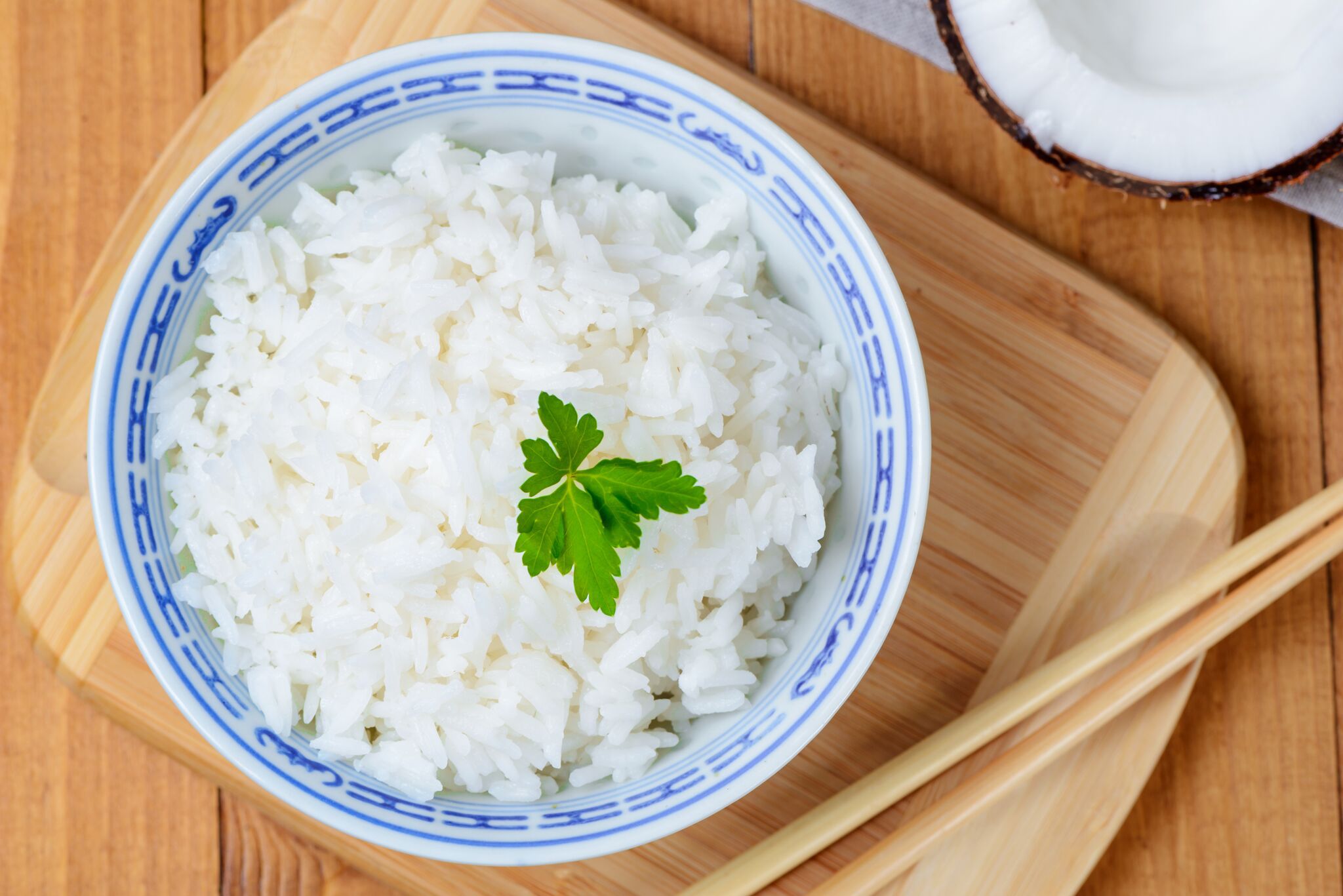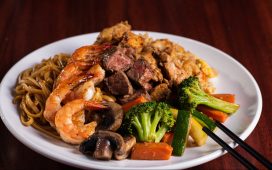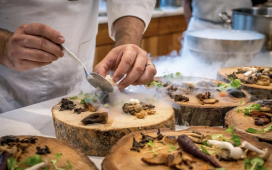Table Of Contents
The world has become increasingly cosmopolitan in the past hundred years, with people form different countries forming massive communities in far-flung lands. Filipinos are among these diasporic populations, with millions of members scattered all over the globe. According to one estimate, there are over 12 million Filipinos working overseas, and there are millions more who have settled to live permanently in foreign countries. For example, over 2 million Filipinos live in the United States.
Just like every foreign population, Filipinos have brought their culture and their cuisine along with them. Filipino cuisine is defined by bold flavors, inventive use of seemingly common ingredients and interesting combinations. If you live with Filipinos, or simply wish to explore the deliciousness of Filipino cuisine, then you need the right ingredients which you can easily buy online at TukTukMart.
Here are seven staple ingredients every Asian-inspired pantry contains. They can let you emulate the flavors of the Philippines and taste the magic of Filipino cuisine.
1. Rice
Despite the prevalence of rice substitutes, like cauliflower and quinoa, you must try to eat rice the Filipino way. Rice is primary carbohydrate source of Filipino diets, and no meal is considered complete without a hefty serving. A good Filipino pantry will have bags and bags of rice to ensure every meal is accompanied by a steaming cooker full of fluffy rice. The Filipino way of preparing rice is also very simple, involving only precise water quantities and boiling times. Rice can also be fried with a little oil, minced garlic and pepper for the perfect savory companion to breakfast.
2. Fish Sauce
Salty and savory flavors are huge influences in Filipino cuisine and one of the ways Filipino cooks bring out these flavors is through fish sauce. Also known as patis, fish sauce is used as a dip and as a flavorful ingredient in different meals. Grilled meat is sometimes marinated in patis Filipino to give them a more flavorful bite. It’s added into broths and soups for an extra salty sip. A bottle of fish sauce always stands proudly beside a Filipino stove.
3. Garlic
The bold flavors and rich aromas of Filipino cuisine aren’t possible without a hefty addition of garlic. The smell of frying garlic often permeates the air of Filipino kitchen, heralding the impending arrival of a delicious meal. A good Filipino pantry will always have at least a half-dozen bulbs of garlic in the pantry, ready to be chopped, minces, pureed or sliced in anticipation of sauteéing.
4. Calamansi
This small citrus fruit will most likely remind Americans of key limes. But while key limes have a subdued sour flavor, calamansi are brimming with sourness with just a hint of sweetness. The bold flavor of calamansi is very versatile and it can be used by a Filipino cook as a dessert ingredient, as a marinade, as a dipping sauce and as a beverage. For example, beef steaks can be immersed in a combination of soy sauce, garlic bulbs and calamansi extract for a silkier meal. When you’re shopping for a Filipino pantry, a couple dozen of calamansi will be a common sight in your larders.
5. Red Onions
Although Filipinos cook with onions as often as other cultures do, but they prefer the more intense and less sweet bite of red onions. Unlike the larger white onions that are so common in grocery stores, red onions have a sharper flavor profile and more pronounced aroma. Filipino pantries are home to dozens of red onions because a single Filipino dish often calls for more than one bulb. Onions aren’t just fried with garlic in Filipino cuisine, they’re also minced as meat flavoring or put into dipping sauces for meats and other meals.
6 and 7. Soy Sauce and Vinegar
Chinese cuisine has had a huge influence on Filipino cookery and its no surprise that the condiments of one culture have filtered down into the other. If you ever take a tour of a Filipino kitchen, you will always find a bottle of soy sauce handy. Soy sauce is a ubiquitous flavoring in Filipino cuisine, often used as a marinade for meats and for dipping sauces, often augmented by garlic, onions and calamansi. However, it’s always a matched set.
Next to the soy sauce will always be a bottle of white vinegar. This provides the clean sour flavor of many Filipino meals, from fish stews to roasted meats.
Filipino cuisine relies on the presence of several key ingredients, many of which are listed above. A good Filipino cook will never be caught without these food products. If you want to explore the subtle tastes and bold flavors of Filipino cuisine, stock up on these ingredients the next time you go to the market.






